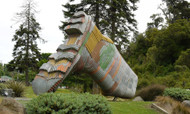7 Traditions Only New Zealanders Understand
Posted by Maris on 22nd Oct 2024
New Zealand may be a young country, but it is not without fascinating traditions. A combination of Maori customs and European idiosyncrasies has enabled this country to develop its customs. To give you a better sense, here are seven traditions that only Kiwis would understand and identify with.
Gumboot Day
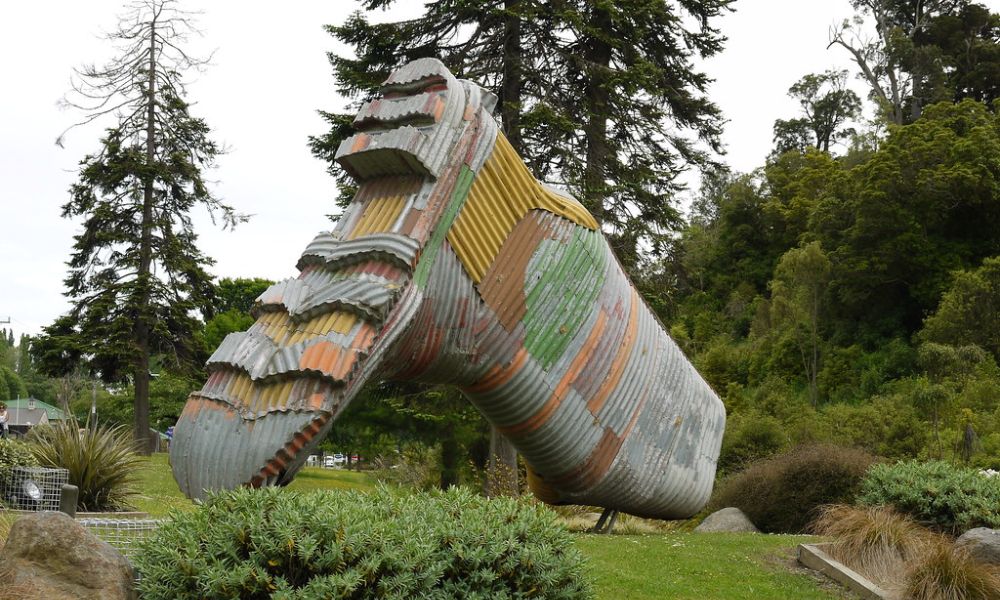
Taihape is a small village in the center of North Island, claimed to be 'the gumboot capital of the world'. Every year since 1985, the community has celebrated Gumboot Day, a fun-filled family event featuring the town's famous gumboot throwing tournament. The historic festival takes place on the Tuesday following Easter, and its main goal each year is to break the world record for the longest gumboot throw.
The Haka
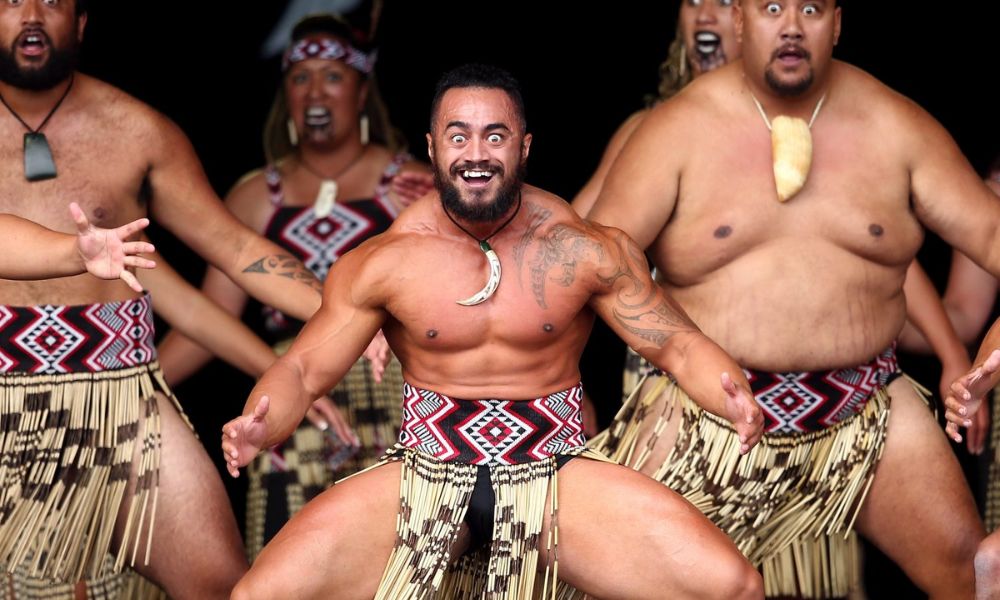
Rugby aficionados will be very familiar with this one. The haka, a traditional Maori battle dance, has been immortalized by New Zealand's All Blacks team, but its significance is also embraced in other local cultures. Traditionally, pre-battle war cries and dances were performed to instill terror and announce the prowess of Maori warriors. Nowadays, you might observe a haka performance if you visit a marae or participate in any particular Maori festivities or rites.
The hongi
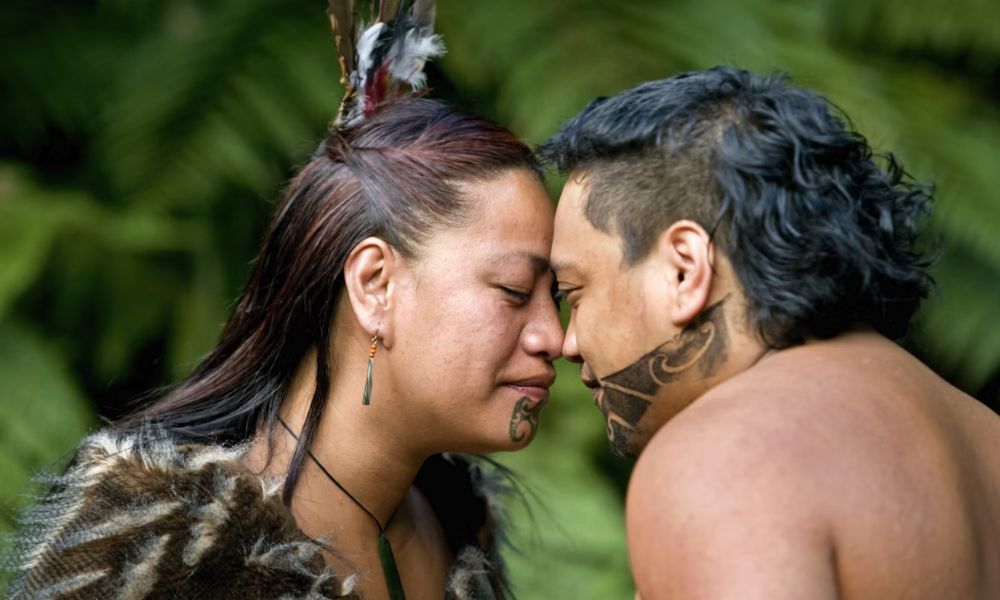
Not to be confused with a hangi, which is a traditional feast, a hongi is a personal, customary greeting normally reserved for exceptional occasions. The physical greeting is shared by pressing noses and foreheads together. This represents the passage of the breath of life ('te ha' in Maori) from one person to another. A hongi is commonly used to welcome visitors to Maori sites and during traditional ceremonies.
Powhiri
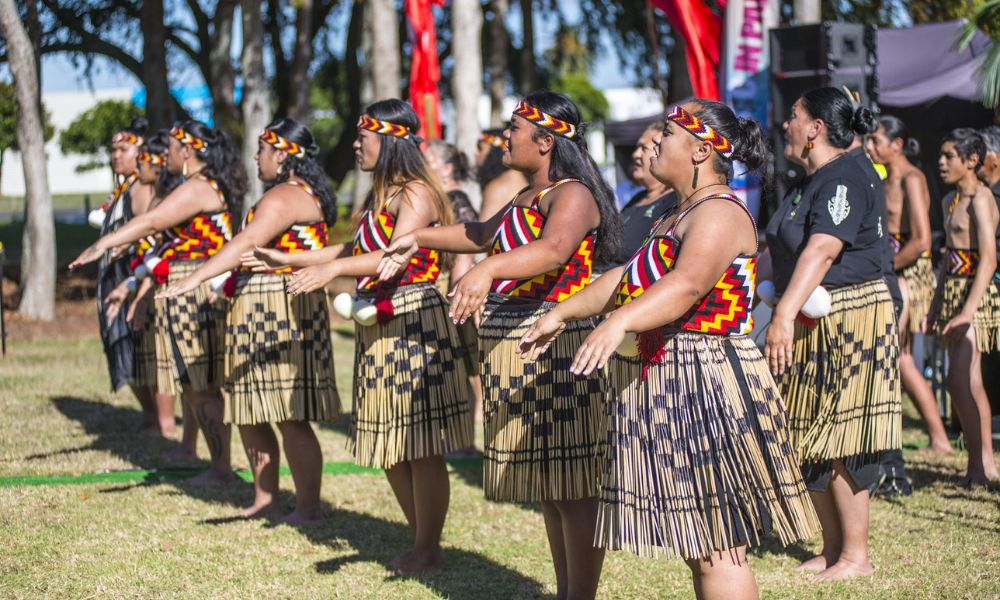
When you enter a Maori dwelling (whare), meeting place (marae), or tribe (iwi), you will be greeted traditionally. A powhiri often begins with three warriors challenging the guests to check if they are entering their land peacefully while a kaikaranga (female caller) directs the visitors toward them. Presentations, waiata (traditional songs), and speeches typically follow, and the powhiri concludes with the aforementioned hongi.
Hangi
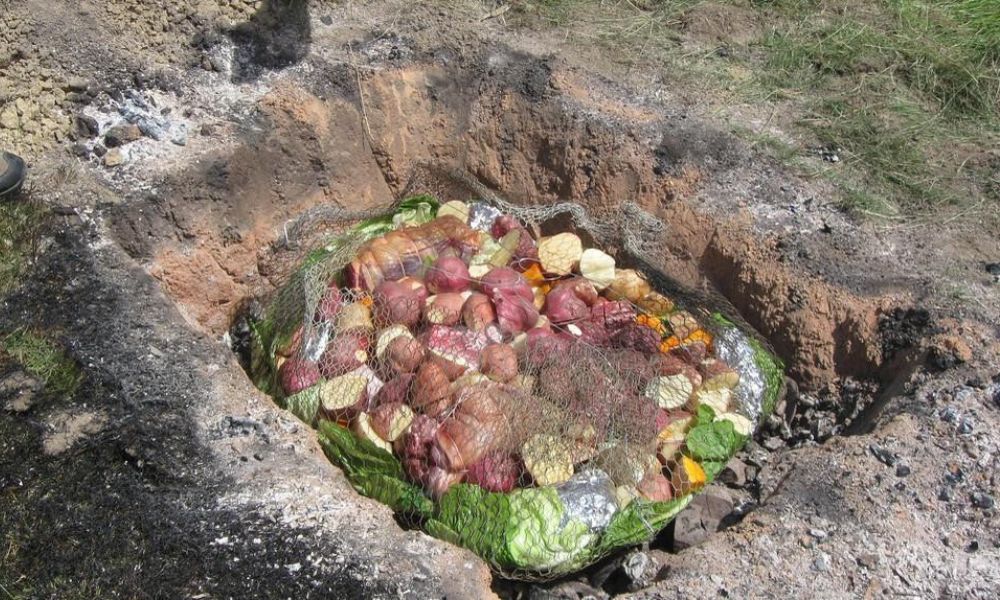
Now, we come to the traditional Maori cooking process. A hangi is prepared underground by burying hot rocks in a pit oven. Food is placed on the stones (typically, meat is cooked first) and covered with flax mats or hessian sacks for three hours while cooking. This is often reserved for special occasions, although it is possible to have these feasts while participating in other Maori encounters throughout the country.
A chocolate fiesta in the world's steepest street.
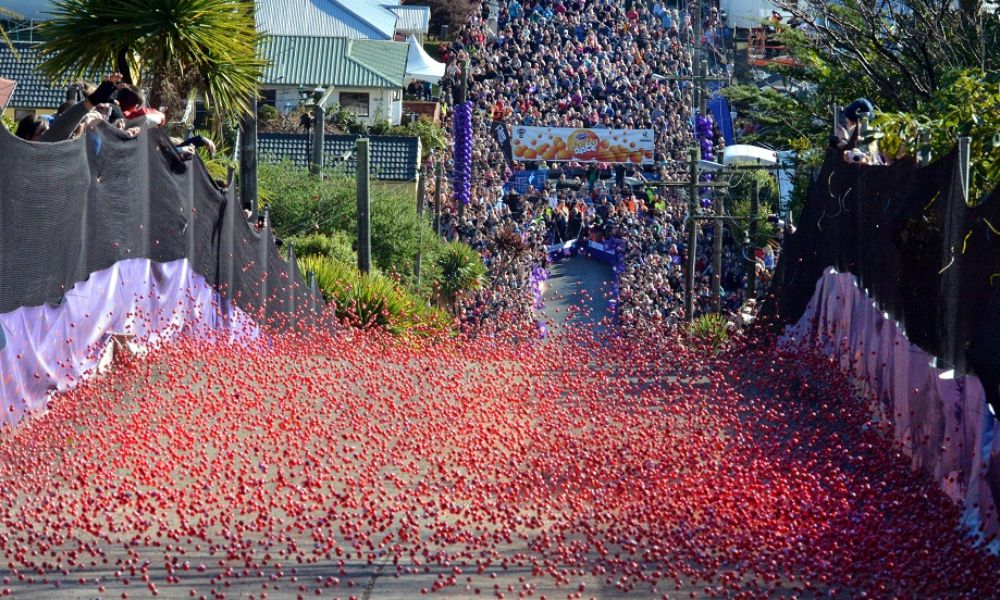
Baldwin Street in Dunedin is recognized as the world's steepest street. Outsiders may not be aware that this was once the major location for the city's annual Cadbury Chocolate Carnival. To kick off the sweet festivities, enormous Jaffa balls (a type of orange chocolate specific to New Zealand) were raced down this steep section of road. Tournaments, chocolate-filled activities, and the legendary Crunchie Train kept the masses entertained. Unfortunately, this no longer occurs, although the residents fully know its history.
All things Kiwiana
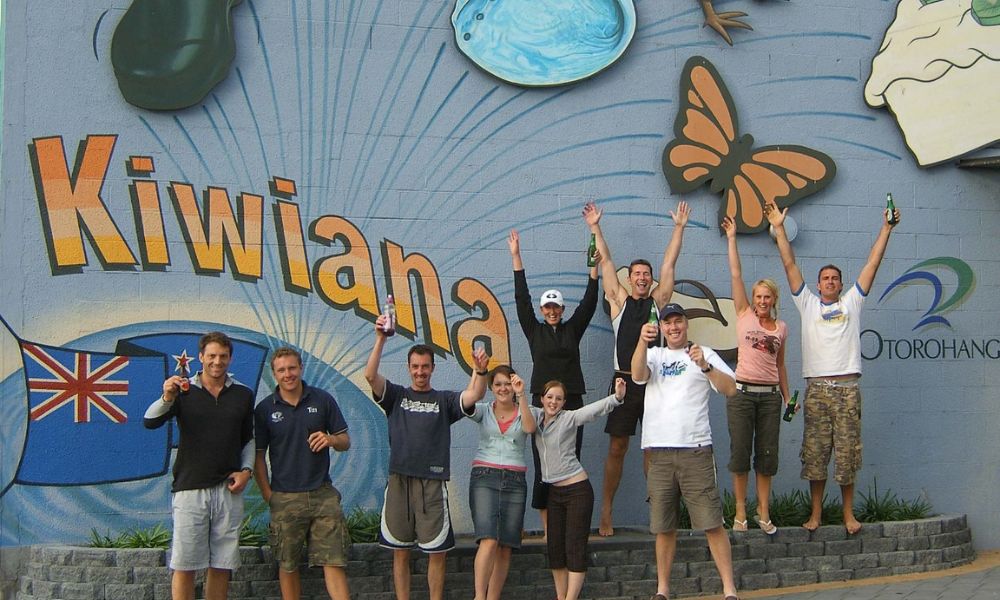
While not a 'custom' in the strictest sense, the locals fully understand and value it. In a nutshell, Kiwiana are cultural artifacts that influenced Kiwi identity and the local way of life. These include the Edmonds Cookbook, which has been teaching New Zealanders how to create their favourite recipes for centuries, the classic Buzzy Bee toy, paua shells, Maori sculptures, and the much-discussed pavlova.
New Zealand has so much to offer its tourists; be sure to take advantage of these fantastic tours, excursions, and trips to truly experience the place's enchantment.

